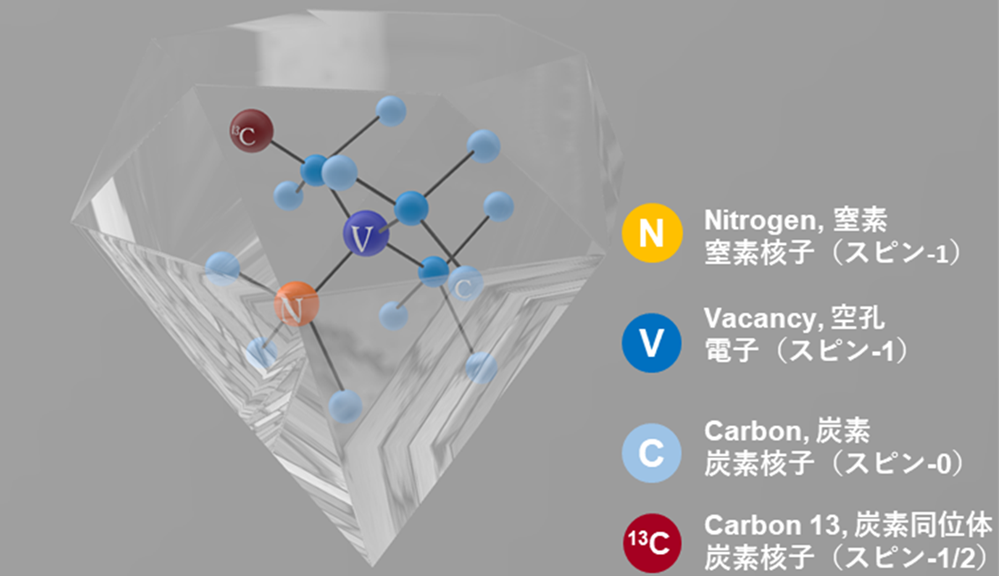
Laboratory Research Contents Introduction Hideo Kosaka 2021 February
Fault-tolerant universal quantum gates are essential for the realization of large-scale quantum computers. Although quantum transcendence has been partially demonstrated by Google, its practicality is extremely limited. With the current performance of quantum gates, practical calculations can only be performed on an unrealistic scale of one million qubits. However, if the error rate per gate is reduced by three orders of magnitude, the number of physical qubits can be reduced by three orders of magnitude, and a practical quantum computer can be built with a realistic scale of 1,000 qubits. In our laboratory, we are developing a unique holonomic universal quantum gate that naturally has high error tolerance.
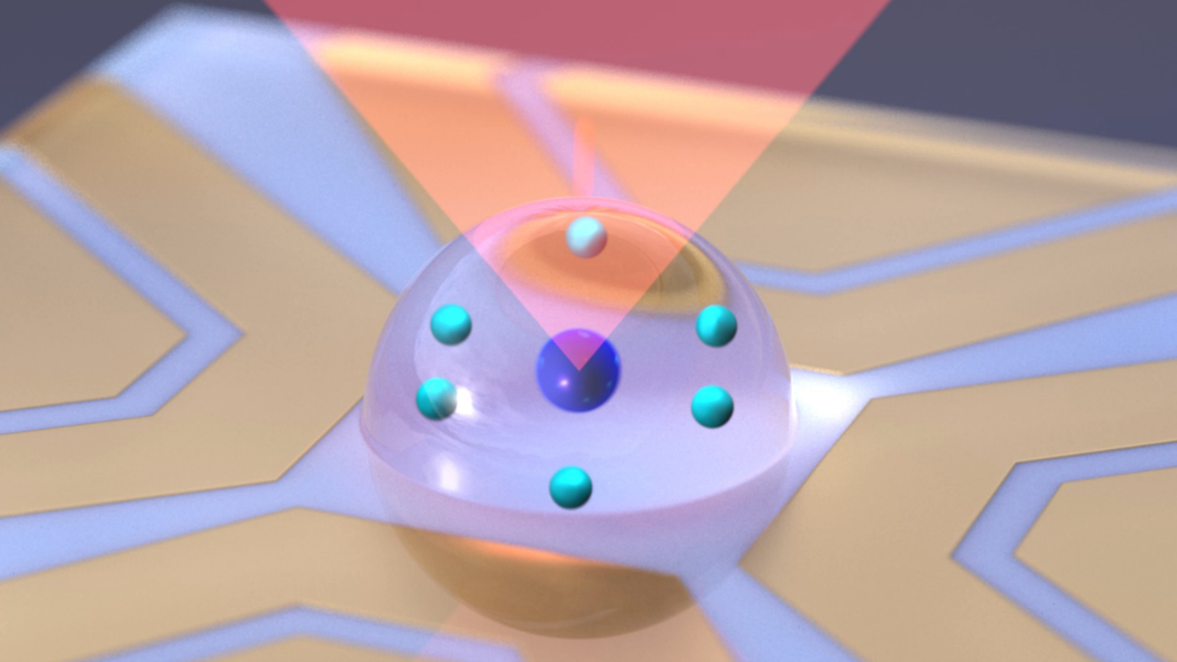
The first application of quantum communication is quantum cryptography, which is not only being commercialized by Toshiba and other companies, but SK Telecom in South Korea has already adopted quantum cryptography for some of its 5G network services. Quantum cryptography takes a symmetric key scheme to quantumly generate one-time pad encryption keys used in online banking and other applications. Current cryptographic schemes can only guarantee conditional security based on the difficulty of prime factorization, and thus pose the threat of being deciphered by quantum computers. On the other hand, quantum cryptography guarantees unconditional and absolute security based on the physical laws of quantum mechanics, which can be achieved by sending photons (light particles) one by one.
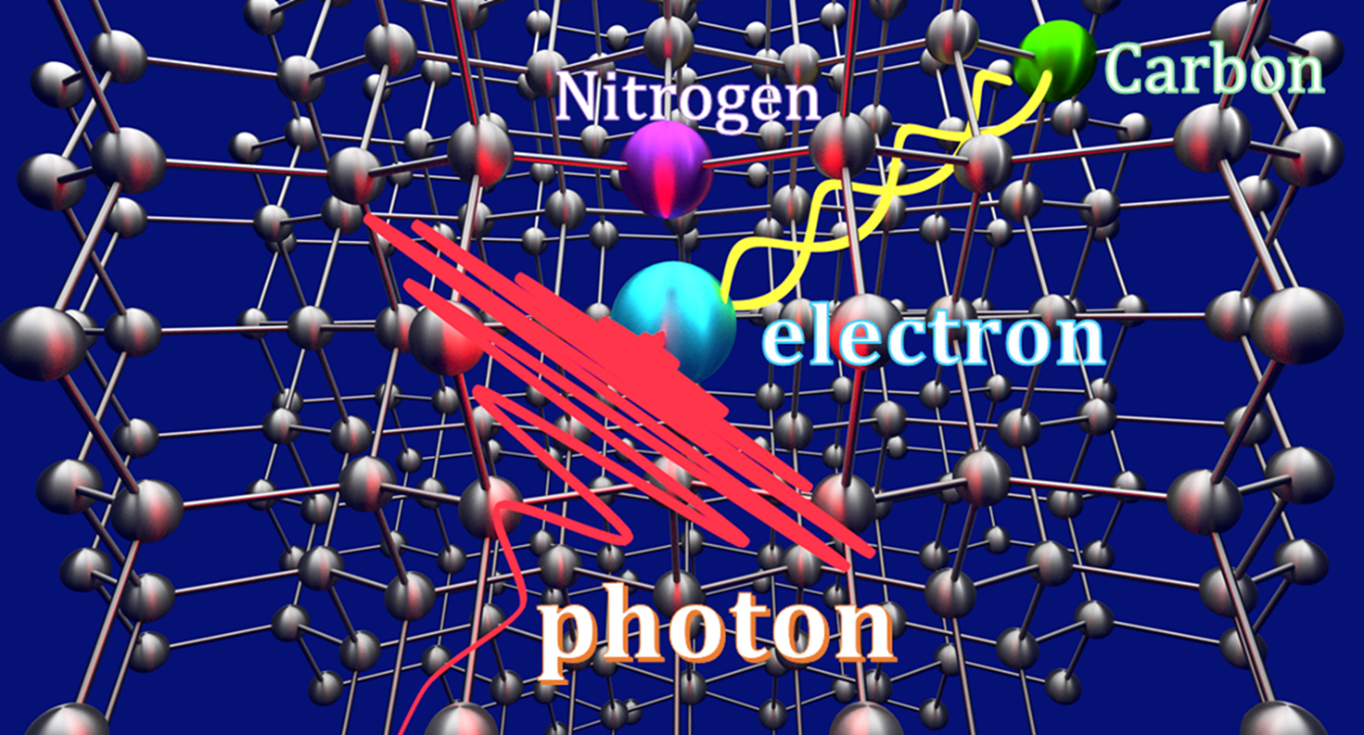
Quantum Internet is a quantum computer network in which quantum computers are quantumly connected by a quantum network. This quantum connection is very difficult and no one has succeeded yet in the world. In our laboratory, we are developing a quantum interface using a diamond NV center to quantumly connect computational quanta (superconducting quanta and semiconductor quanta) and communication quanta (photons) used for quantum communication.
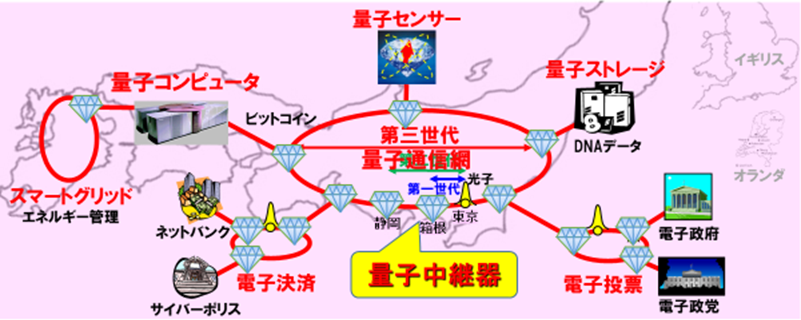
With the spread of the Internet, the development of big data and artificial intelligence is continuing unabated, and this development is supported by the development of large-scale storage. In order to prepare for the next quantum cloud computing, it is desirable to develop quantum storage as well as the quantum Internet. In this laboratory, we are the first in the world to integrate diamond NV centers on a large scale and to use nuclear spins originating from neutrons of carbon isotopes that interact weakly with each NV center as quantum storage
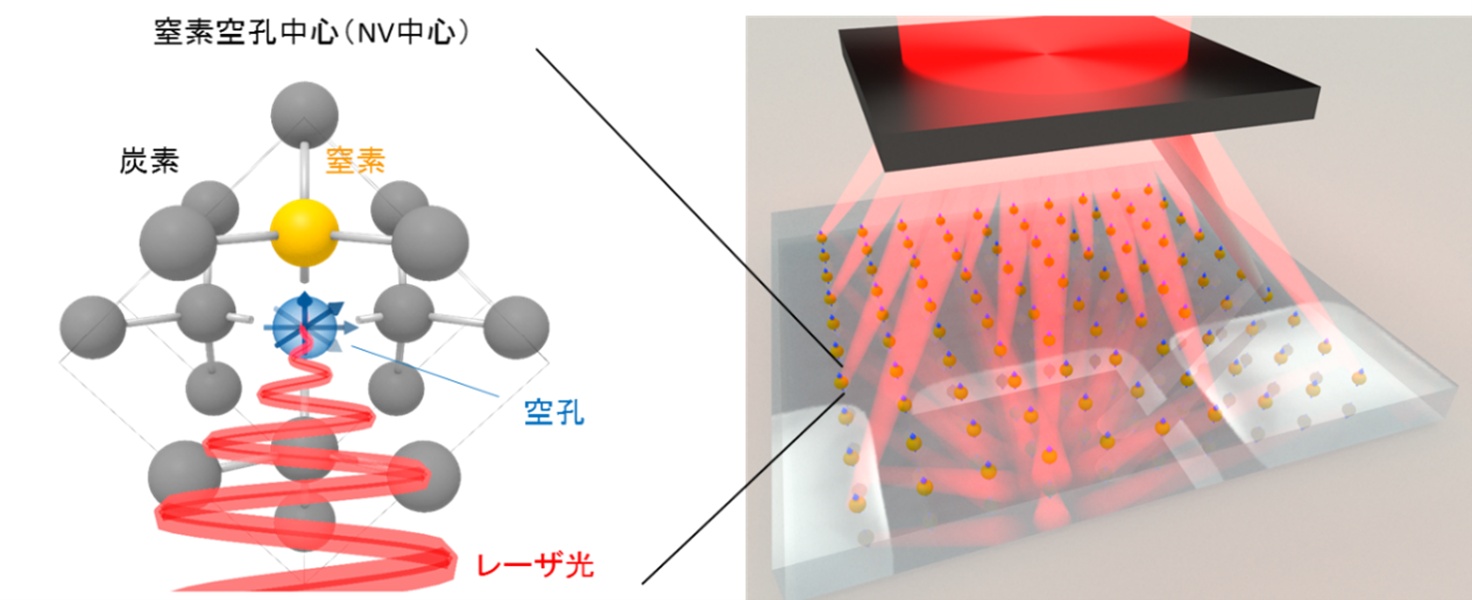
Diamond NV centers are expected to be used as quantum sensors. Our world-class non-commutative non-adiabatic holonomic universal quantum gate has the potential to achieve the ultimate sensor sensitivity. While the development of quantum computers requires low sensitivity to external fields, quantum sensor applications, on the contrary, require high sensitivity to external fields. We have already developed a holonomic decoupling technique that reduces the sensitivity to unwanted environmental spins, and conversely, we are developing a selective holonomic coupling technique that makes the sensor sensitive only to necessary spins.
